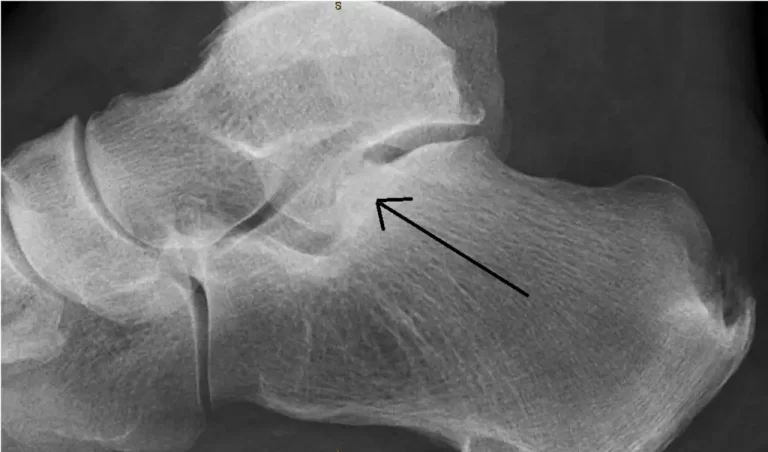Subtalar Joint
Introduction The Subtalar joint, also known as the talocalcaneal joint, is a significant joint in the foot that plays a crucial role in foot and ankle movement. It is formed by the articulation between the talus bone, located above, and the calcaneus bone, situated below. As a synovial joint, it allows for smooth gliding and…









